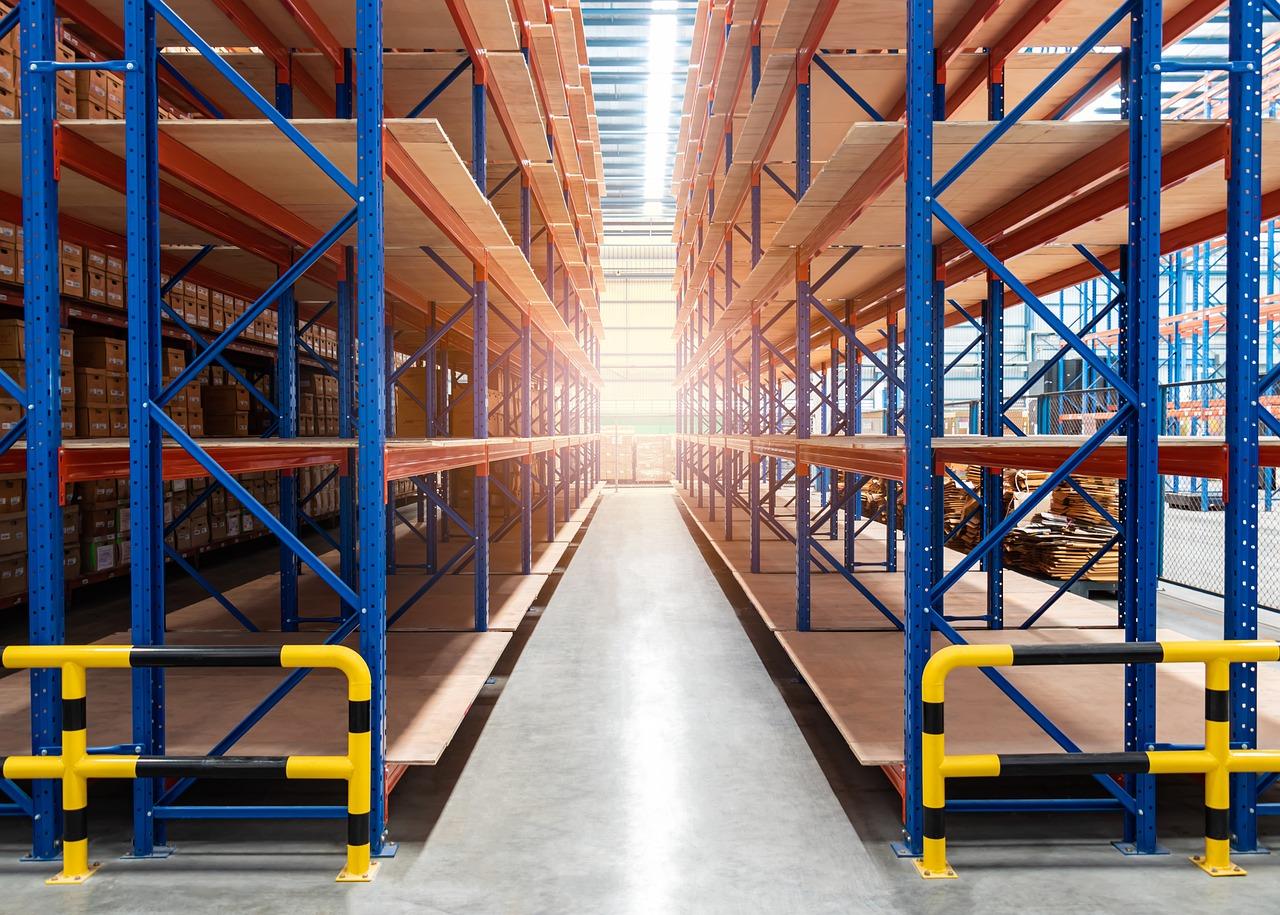Are you looking to optimize your warehouse storage and make the most of the available space? Drive-in racking systems can be a great solution for maximizing storage capacity while ensuring efficient handling of pallets. In this article, we will explore the key considerations you need to keep in mind when implementing drive-in racking in your warehouse. From understanding the benefits to considering safety measures, we've got you covered. So let's dive in!
1. Introduction: Understanding Drive-In Racking
Drive in pallet racking is a storage system that allows for the high-density storage of pallets. It involves using a series of lanes where pallets can be placed on rails, allowing forklifts to drive directly into the lanes to pick or place pallets. This system is particularly suitable for storing large quantities of homogeneous products with a low turnover rate.
2. Evaluating Your Warehouse Needs
Before implementing drive-in racking, it's crucial to evaluate your warehouse's specific requirements. Consider factors such as the types of products you store, their dimensions, weight, and turnover rate. Assessing your needs will help determine if drive-in racking is the right solution for your warehouse.
3. Space Utilization and Configuration
Drive-in racking can significantly optimize storage space by eliminating aisles between racks. However, it's essential to carefully plan the configuration to maximize efficiency. Consider factors like aisle width, height restrictions, and the impact on overall storage capacity.
4. Structural Considerations
The structural integrity of your warehouse is paramount when implementing drive-in racking. Consult with a structural engineer to ensure that the building can support the additional loads imposed by the racking system. Take into account the floor load capacity, seismic considerations, and any local building codes.
5. Safety Measures and Regulations
Safety should always be a top priority in your warehouse. Implementing drive-in racking requires adherence to safety regulations. Ensure that the system is properly installed, and all safety features, such as protective barriers and column guards, are in place. Train your staff on safe operating procedures to prevent accidents and injuries.
6. Inventory Management and Accessibility
Efficient inventory management is crucial when using drive-in racking. Since this system operates on a Last-In, First-Out (LIFO) basis, it's important to have a robust inventory control system in place. Additionally, consider the accessibility of individual pallets and ensure that the necessary stock rotation is maintained.
7. Training and Staff Familiarity
Proper training of your warehouse staff is essential for successful implementation. Ensure that your operators are trained in operating forklifts in a drive-in racking system. Familiarize them with the safety protocols and best practices for efficient pallet handling.
8. Maintenance and Repairs
Regular maintenance and timely repairs are vital to keep your drive-in racking system in optimal condition. Establish a maintenance schedule to inspect the system, including uprights, rails, and safety features. Promptly address any damages or signs of wear to prevent accidents and ensure the longevity of the system.
9. Cost Analysis and Return on Investment
Implementing drive-in racking involves a significant investment. Conduct a cost analysis to evaluate the overall expenses, including the racking system, installation, and any modifications required in your warehouse. Consider the potential return on investment in terms of increased storage capacity and operational efficiency.
10. Integration with Warehouse Management Systems
For seamless warehouse operations, integrate your drive-in racking system with your warehouse management software. This integration enables real-time visibility of inventory, improves order accuracy, and streamlines picking and replenishment processes.
11. Future Scalability and Flexibility
Anticipate future growth and changes in your warehouse requirements when implementing drive-in racking. Ensure that the system is scalable and adaptable to accommodate future needs. Consider factors such as expansion possibilities, reconfiguration options, and the ability to handle different product sizes or types.
12. Case Studies: Real-Life Implementations
Explore real-life case studies of successful drive-in racking implementations in warehouses similar to yours. Learn from their experiences and gather insights into best practices, potential challenges, and innovative solutions that can guide your own implementation process.
13. Success Factors for Drive-In Racking
To achieve optimal results with drive-in racking, consider success factors such as proper planning, effective training, regular maintenance, and continuous improvement. Emphasize efficient space utilization, safety, and seamless integration with warehouse processes to maximize the benefits of this storage solution.
14. Common Challenges and Mitigation Strategies
Implementing drive-in racking may come with its own set of challenges. Be prepared to face issues such as limited selectivity, potential damage to the racking system, and longer retrieval times. Mitigate these challenges through careful planning, effective inventory management, and staff training.
15. Conclusion
Implementing drive-in racking in your warehouse can significantly improve storage capacity and operational efficiency. By considering factors like warehouse needs, space utilization, safety, and scalability, you can successfully integrate this storage solution into your operations. Embrace the benefits of drive-in racking and optimize your warehouse space for better productivity and profitability.

